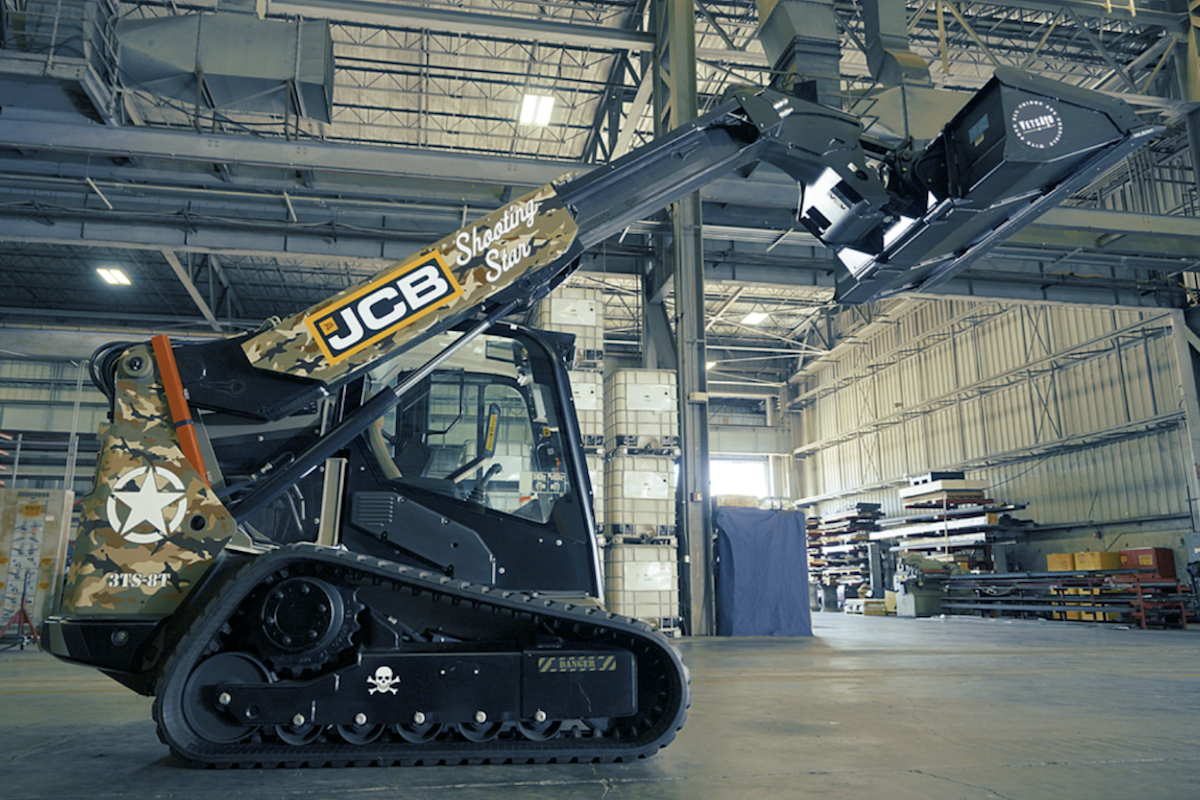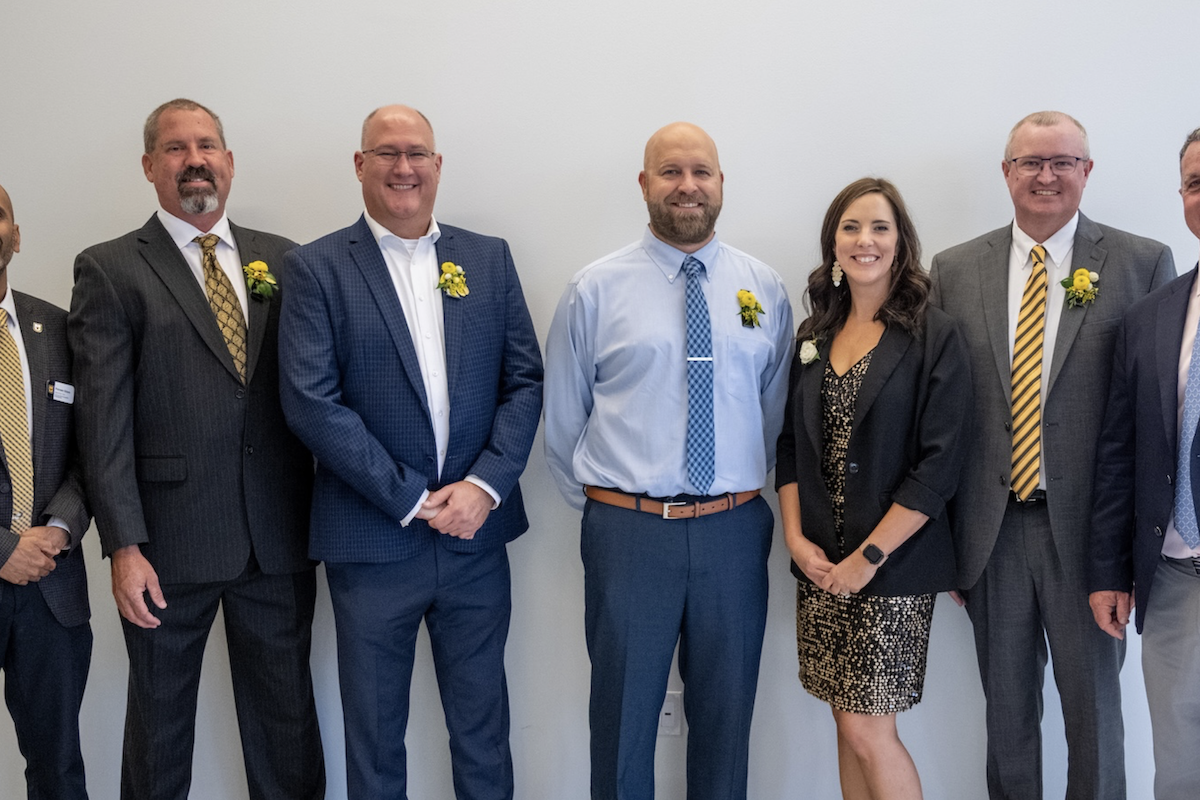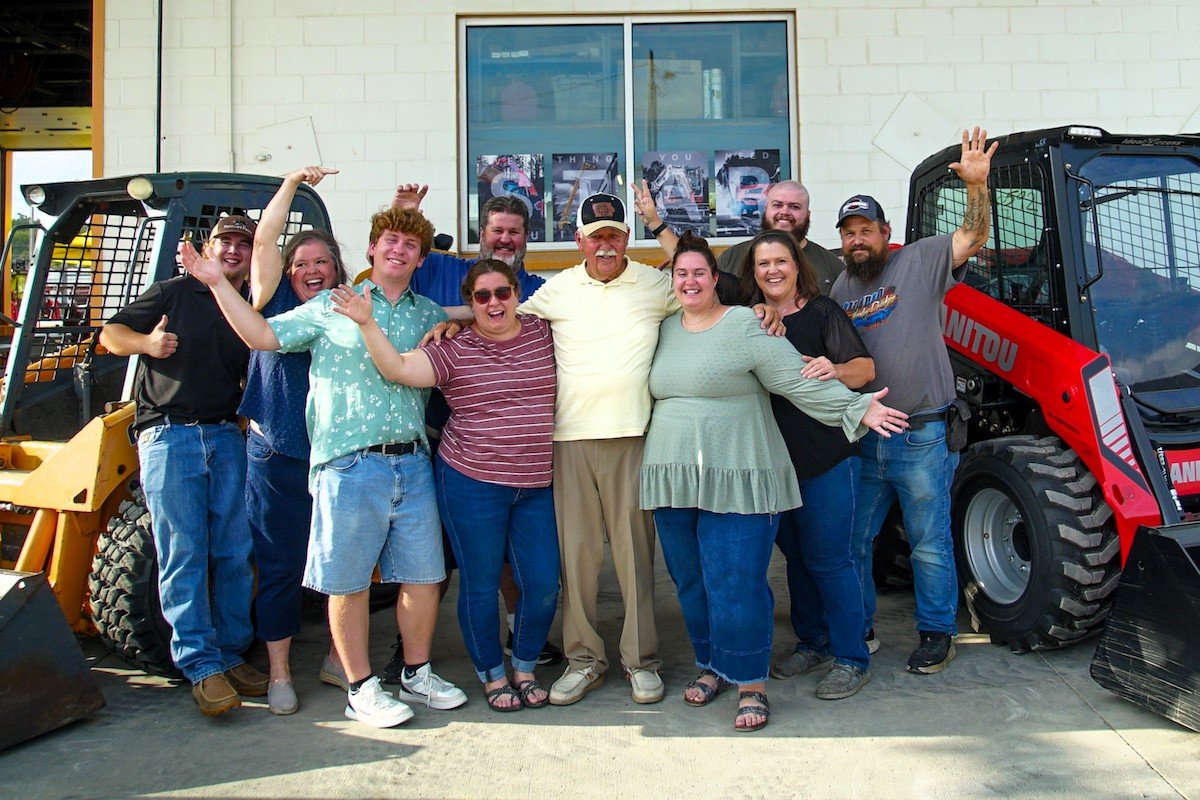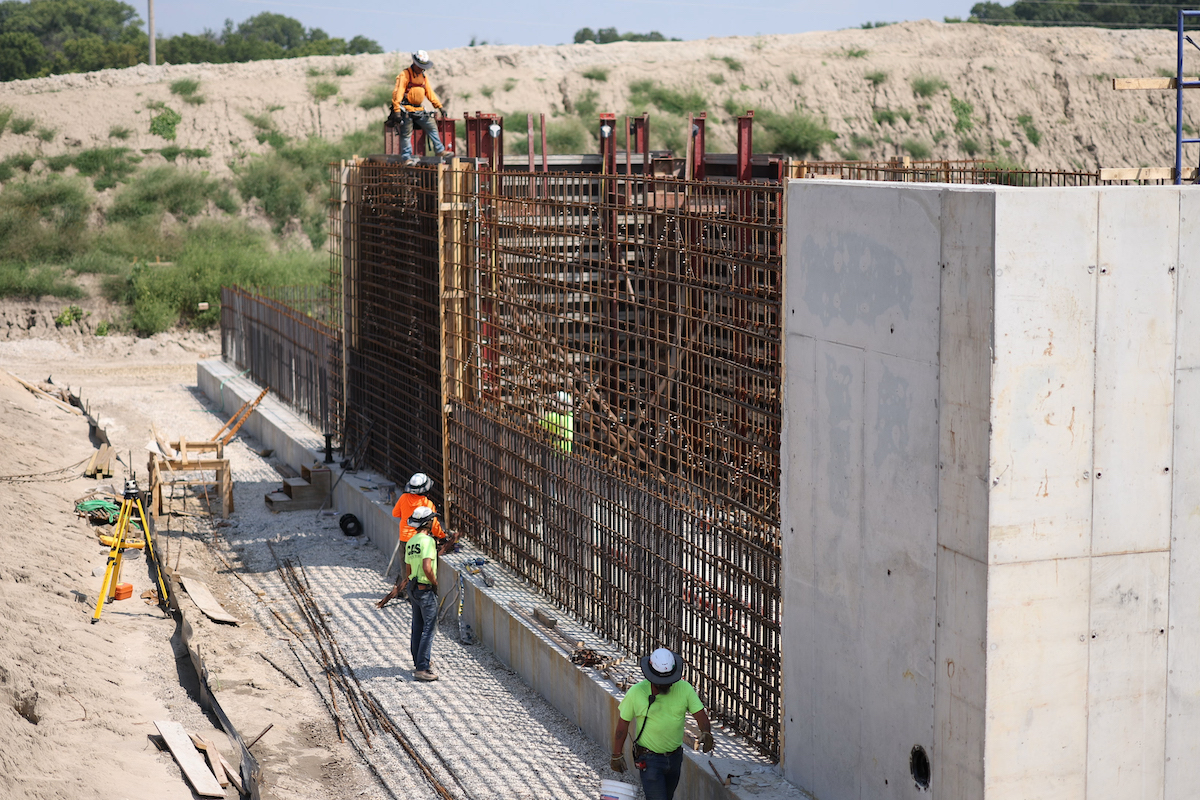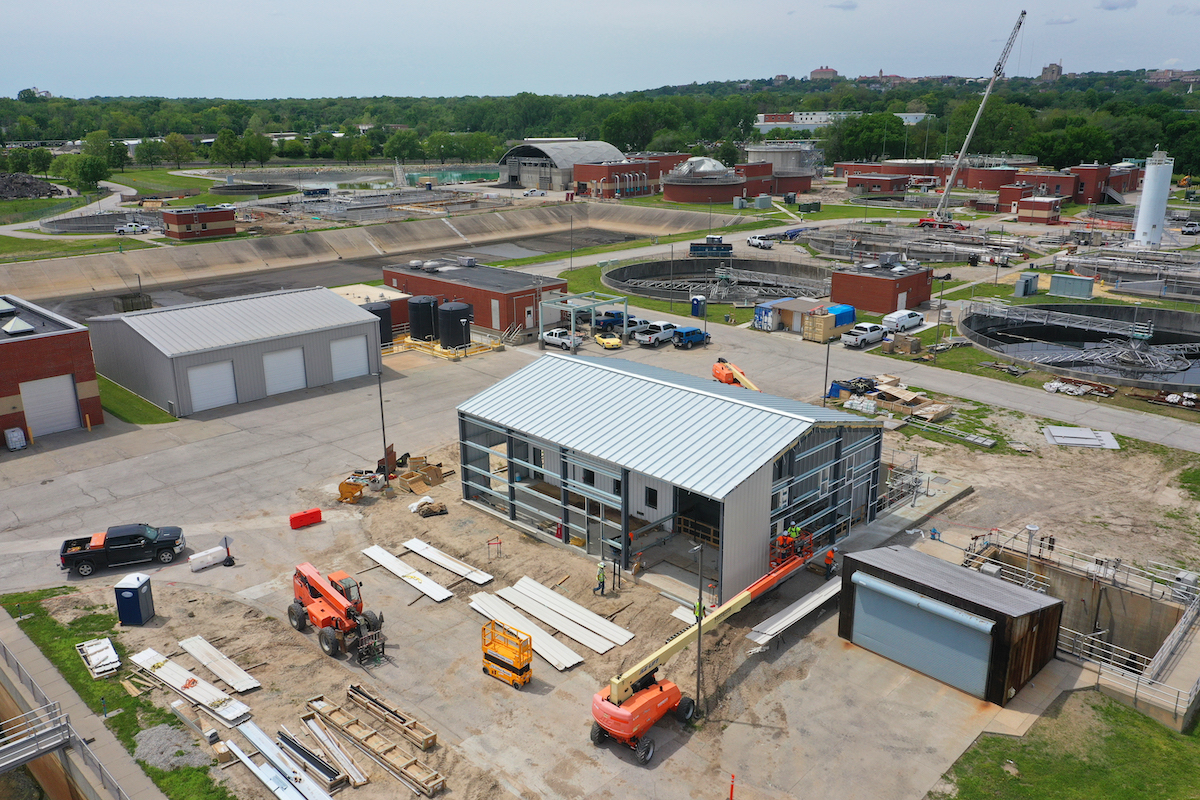Safety sounds like a simple concept, but when it comes to workplace safety, that isn’t always the case. As our professionals interact with companies and workers in many industries, they frequently hear things that may sound plausible, but that really aren’t true. We’ve collected several of the most common here.
Myth 1: Risks Can Be Completely Eliminated
We all wish that risks and hazards could be completely eliminated, but that’s impossible. So instead, we focus on mitigating and compensating for those risks and hazards through awareness and practices. That’s how many companies in hazard-prone industries achieve accident- or injury-free workplaces over long periods of time. If you believe you’ve completely eliminated the risk from your workplaces, you’re setting yourself up for disappointment – and your workers for injuries.Myth 2: Safety is an Action
Safety isn’t an activity. It’s what happens when you take the right actions during normal business. If you follow the correct steps and precautions when performing a task, the likelihood of injury drops significantly. While it’s impossible to anticipate everything, using safe practices minimizes the possibility of an accident.Myth 3: Safety is Separate From Other Work Elements
When workers believe that safety is somebody else’s responsibility, they’re more likely to act carelessly. A company with a strong safety culture truly believes that everyone from top management to the lowest-paid employee shares the responsibility for safety and knows safe practices are just as much a part of every task as having the right tools.Myth 4: OSHA Compliance is Safe Enough
OSHA’s regulations foster safe workplaces, but those standards describe the absolute minimum. A company truly committed to safety uses OSHA’s rules as a starting point, adding its own training and practices to further enhance the safety of its sites. Remember that OSHA’s “general duty” clause can hold you responsible for not preventing hazards you recognize but that aren’t specifically addressed by the law.Myth 5: Safety Costs Hurt Companies
Some companies believe strong safety programs will drive their costs up and make them less competitive. Multiple studies prove the reverse is true. Companies with strong safety cultures have higher productivity, lower worker turnover, and less waste. Most also have lower overhead costs, insurance costs, labor costs, and superior management methods and work practices. Companies with poor safety programs develop poor reputations and face the higher costs (and losses) associated with higher employee turnover.Myth 6: Safety Programs Can Fix Everything
Creating a safety program is only half of a solution. You also need to implement and monitor it. If you don’t ingrain that program into all your work practices, you’ll never create a truly safe workplace.Myth 7: Site Walk-Throughs are All You Need
Walk-throughs are a valuable tool for gauging worker compliance and identifying additional hazards that need to be addressed, but enforcement doesn’t identify the reason those problems are occurring. Programs that are limited to enforcement encourage workers to lie or hide unsafe practices when supervisors approach. If you create and maintain a strong safety culture, workers will take it upon themselves to perform in safer ways.Myth 8: OSHA Tracks Your Safety
OSHA logs don’t recognize good things. They focus on what happens when your safety efforts fall short. Incidents and injuries are signs of potential underlying problems, and OSHA looks for patterns that provide insight into what you’re doing wrong. It’s like measuring a driver’s skill by counting the number of accidents he’s had.Myth 9: Incentive Programs Lead to Permanent Changes
Incentive problems can focus attention on areas that need it. But rewards can become counterproductive over time because workers begin to focus on doing what earns rewards, rather than on the practices that actually support safety. They may underreport injuries and ignore violations if they think being honest will cost them some kind of prize.Myth 10: Discipline is the Most Effective Way to Motivate
Strong discipline is the best way to encourage resentment, turnover, and bad practices. Fear of being punished can make people act correctly, but in the long run, it only creates negative motivations, such as encouraging workers to keep quiet about problems. When workers understand safety practices are for their own benefit and they have the power to improve safety for themselves and their co-workers, they’ll be motivated to improve.Myth 11: Technology Offers Magical Safety Solutions
Technology can simplify work, but it can’t correct underlying problems or practices. Sometimes, technology can make a bad situation worse. Keep in mind that the best fall-protection devices available aren’t as effective as having workers perform tasks in ways that keep them from falling in the first place.Myth 12: Your Industry is Too Complex for Safety
Many workplaces are complex and some managers assume safety solutions that work elsewhere can’t be implemented on their sites. While two companies and worksites are identical, the basic elements of a healthy safety culture are the same across industry lines. After all, they’re built upon knowledge of how humans act and behave rather than on the use of a particular tool or process. Whether you’re building skyscrapers, relining furnaces, or running punch presses, a genuine commitment to safety will create a better workplace. And that’s no myth.
| Your local Topcon Positioning Systems Inc dealer |
|---|
| Star Equipment LTD |

| Your local Topcon Positioning Systems Inc dealer |
|---|
| Star Equipment LTD |

| Your local Iowa Mold Tooling Co Inc dealer |
|---|
| Star Equipment LTD |

| Your local Komatsu America Corp dealer |
|---|
| Road Machinery and Supplies Company |

| Your local Link Belt dealer |
|---|
| Kirby-Smith Machinery |














